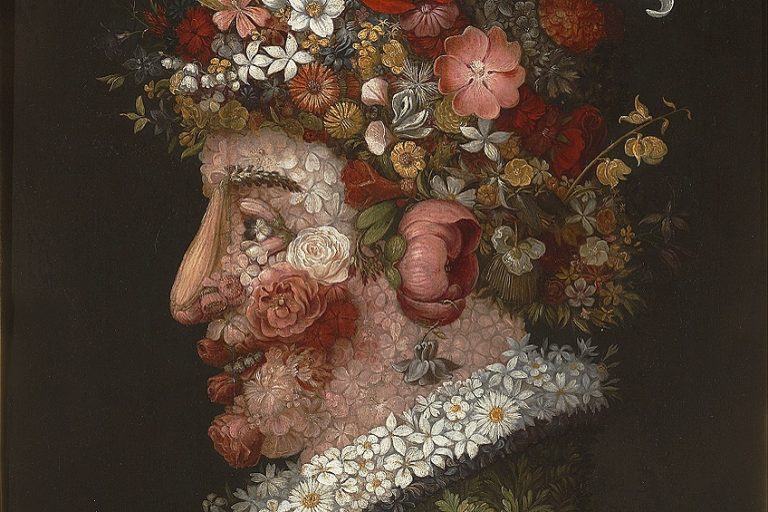“Classic Landscape” by Charles Sheeler – An In-Depth Analysis
Charles Sheeler’s Classic Landscape, created in 1931, stands as a quintessential example of American Precisionism, a movement that celebrated the beauty of industrial and urban landscapes with meticulous, almost photographic precision. Sheeler, both a painter and a photographer, seamlessly blended these disciplines to capture the essence of modern America. In Classic Landscape, he depicts a starkly geometric and highly organized scene dominated by factories, silos, and machinery, symbolizing the nation’s industrial prowess. Through his precise lines and controlled palette, Sheeler transforms the utilitarian structures into a harmonious composition, reflecting both the power and the aesthetic potential of industrialization in the early 20th century.
Key Takeaways
- Classic Landscape contrasts industrial structures with nature.
- Sheeler views factories as modern equivalents to ancient temples.
- The painting highlights the impact of industrialization on the landscape.
Historical Context
| Artist | Charles Sheeler (1883 – 1965) |
|---|---|
| Date Created | 1931 |
| Medium | Oil on canvas |
| Genre | Precisionism |
| Period/Movement | Modernism |
| Dimensions (cm) | 63.5 × 81.9 |
| Series/Versions | Single version |
| Where Is It Housed? | The National Gallery of Art, Washington, D.C., United States |
| What It Is Worth | Not publicly auctioned; significant cultural and historical value |
Classic Landscape by Charles Sheeler is a striking representation of the intersection between industry and nature. This painting, completed in 1931, exemplifies Sheeler’s Precisionist style and his fascination with modern industrial landscapes. In Classic Landscape, he captures the imposing silos and machinery of the Ford Auto Company’s River Rouge factory, contrasting the mechanical structures with the surrounding natural environment.

Sheeler’s work is often compared to ancient architectural marvels such as the Parthenon or the Acropolis, reflecting his belief that modern factories are today’s temples. By choosing to depict the anonymous aspects of industrial production, Sheeler presents a powerful commentary on the technological advancements of the American landscape during the early 20th century. His precise, clean lines and thoughtful composition lend a sense of order and reverence to the industrial scene.
Classic Landscape not only showcases Sheeler’s technical skill but also invites viewers to consider the impact of industrialization on the natural world. As a leading figure in the Precisionist movement, Sheeler’s depiction of this scene encapsulates both the awe and the ambivalence of technological progress.
This painting remains a significant piece in American art history, symbolizing the blending of art and industry.
Influence of the Industrial Age
Classic Landscape reflects the massive impact of the Industrial Revolution in America. By the early 20th century, factories and industrial complexes, like Ford’s River Rouge plant, became symbols of progress. Sheeler chose the Rouge factory to show how industry shapes the environment. The factory’s large structures resemble the ancient temples of Greece and Rome, signifying the new “temples” of the modern era. These industrial landscapes, devoid of human presence, emphasize the might of machinery and production. This imagery aligns with the broader “Cult of the Machine,” a cultural movement that revered technological advancement.
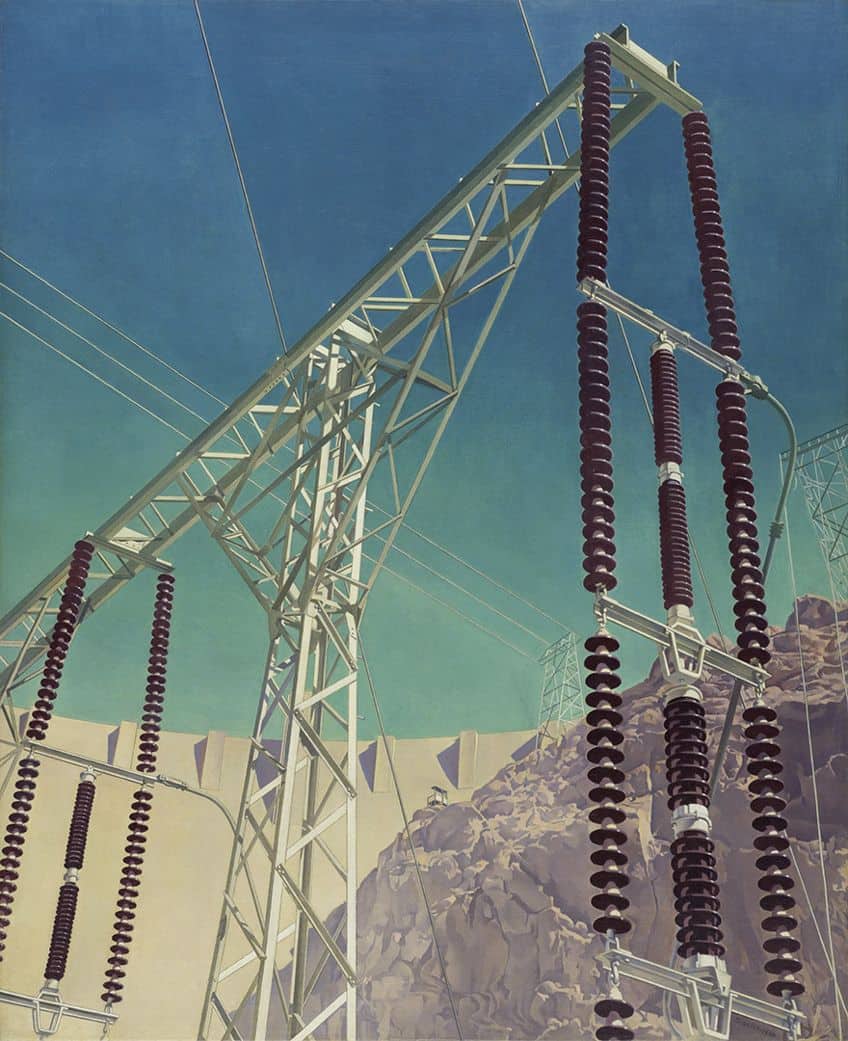
Charles Sheeler’s Contribution to Precisionism
As a notable figure in the Precisionist movement, Sheeler used sharp lines and clear forms to depict industrial subjects with photographic-like precision. Trained at the Pennsylvania Academy of the Fine Arts and influenced by his photography work, Sheeler’s art blended these disciplines to create clean, hard-edged compositions. In Classic Landscape, his detailed portrayal of industrial elements showcases this style. Sheeler’s work, along with that of other Precisionists, highlights the aesthetic of industry without romanticizing it.
The precision and focus in his work also draw attention to the order and structure within industrial settings, inviting viewers to appreciate the beauty in machinery and architecture.
Classic Landscape in Focus
Charles Sheeler’s painting Classic Landscape stands as a notable example of the Precisionist Movement, capturing the blend between industry and natural elements. This section explores the painting’s subject matter, color and light usage, composition techniques, and its portrayal of both industrial and natural themes in detail.

Subject Matter
Classic Landscape is set in Ford Motor Company’s River Rouge Plant near Detroit. It depicts an area of the factory where cement is made from car manufacturing by-products. The painting does not focus on car production itself but rather on the industrial infrastructure, symbolized by silos and machinery. This choice of subject highlights the massive scale and impact of industrialization on the American landscape.
The setting is meticulously rendered, reflecting Sheeler’s interest and awe in industrial structures and their modern forms.

Use of Color and Light
Sheeler uses a limited color palette dominated by neutral tones like grays, whites, and browns. These colors emphasize the solidity and utilitarian nature of the factory. Light plays a crucial role in defining shapes and adding depth, creating a stark contrast between surfaces. The interplay of light and shadow sharpens the geometric forms. The light source appears natural, enhancing the realism while maintaining a sense of stylized abstraction.
This careful modulation of light exemplifies Sheeler’s Precisionist style.

Composition and Technique
Sheeler’s composition is highly structured and geometric. He employs precise lines and clear forms to create a sense of order. The arrangement of elements like silos and factory buildings follows a grid-like pattern, reflecting the organized nature of industrial production. He uses techniques like photorealism, drawing inspiration from his own photographs. This method allows for an exact replication of details, merging photographic accuracy with painterly execution.
This blend of media adds to the technical mastery of the piece.
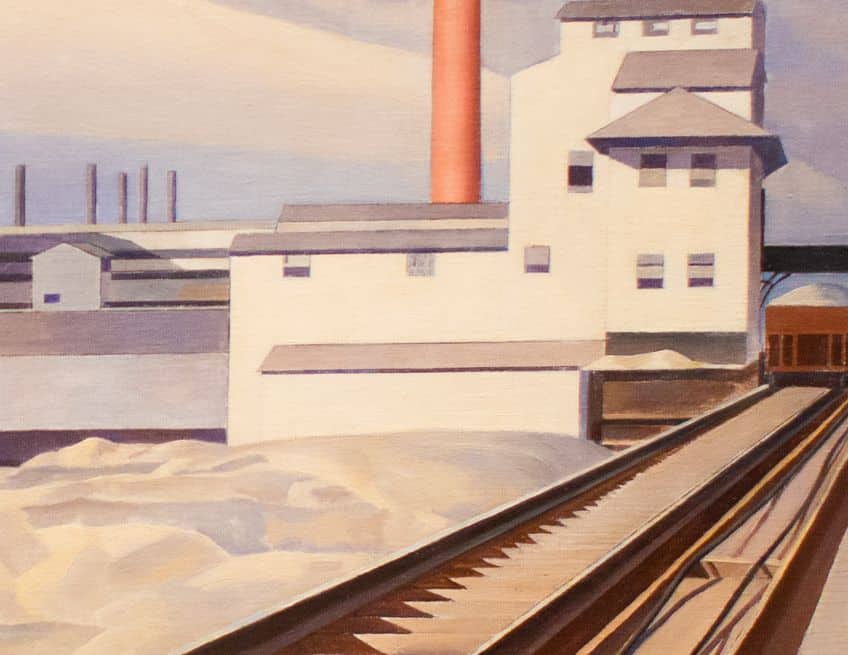
Industrial and Natural Themes
Classic Landscape juxtaposes industrial elements against subtle natural ones. While the painting centers on the River Rouge Plant’s structures, it incorporates hints of nature, reminding viewers of the land that these factories occupy. The industrial dominance in the painting symbolizes the era’s transformation and modernization. However, the inclusion of natural light and open sky suggests a balance, or perhaps a tension, between human innovation and the natural world.
This duality is a recurring theme in Sheeler’s work, positioning Classic Landscape as both a celebration and critique of industrial progress.
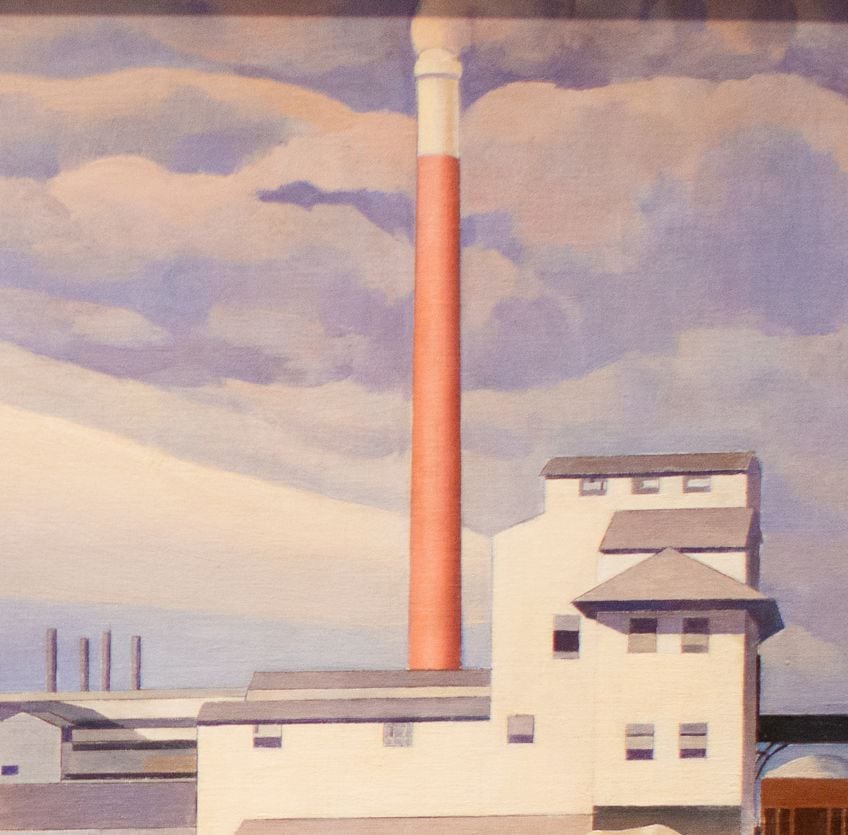
Legacy and Influence
Classic Landscape by Charles Sheeler captures the impact of industrialization on the natural world. This piece has been featured in notable exhibitions and continues to influence artists today. Since its creation in 1931, Classic Landscape has been exhibited in several prestigious galleries. The National Gallery of Art in Washington, D.C., is the primary home of this painting. It has also been part of traveling exhibitions showcasing American art and the Precisionist movement.
Museums worldwide recognize its importance, and it is often included in retrospectives on American industrial art.
Influence of Classic Landscape Today
Today, Classic Landscape remains a key reference for those studying modern landscape art. Its precise lines and focus on industrial scenes are hallmarks of the Precisionist movement. Contemporary artists often draw inspiration from Sheeler’s work to explore themes of industrialization and its effects on the environment. Art educators also use the painting to discuss the intersection of art and technology.
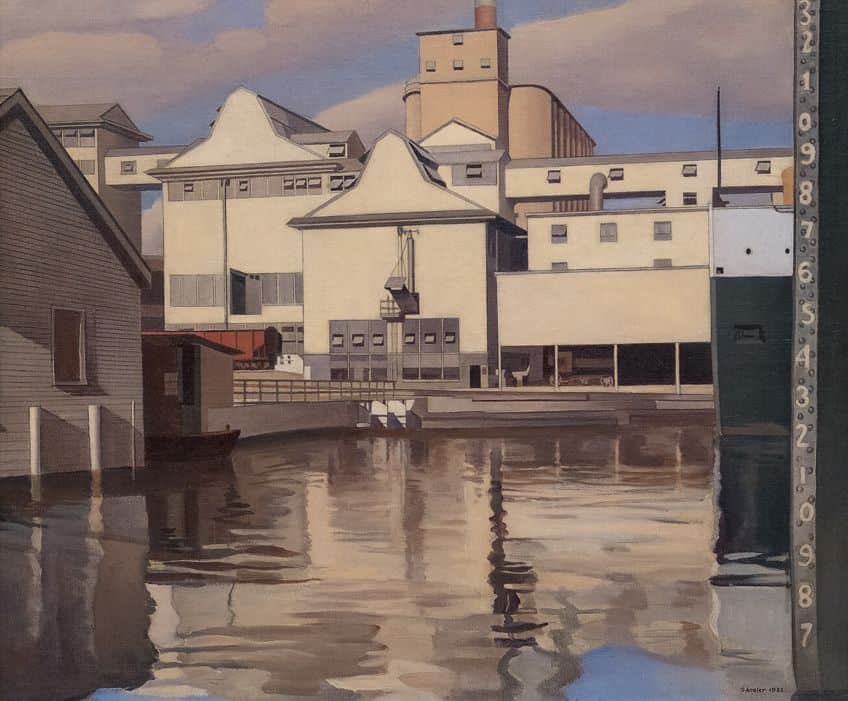
Charles Sheeler’s Classic Landscape not only epitomizes the Precisionist movement but also serves as a timeless tribute to the industrial age. Through his unique vision and technical prowess, Sheeler elevates the mundane aspects of industrial architecture to the realm of fine art, capturing the modern American ethos of progress and innovation. Classic Landscape remains a significant work in the annals of American art, offering a poignant reflection on how industrialization has shaped both the physical and cultural landscapes. As we continue to grapple with the legacy of industrialization, Sheeler’s work invites us to appreciate the intricate beauty found within the machinery of progress.
Frequently Asked Questions
What Are the Defining Characteristics of Charles Sheeler’s Classic Landscape?
Classic Landscape features the River Rouge factory complex of Ford Auto Company. The painting includes industrial elements like silos and factory structures. Sheeler’s precise, clean lines highlight the mechanization and modernity of the period.
How Can Charles Sheeler’s Art Style Be Categorized Within the Landscape Painting Genre?
Charles Sheeler’s art style, particularly in Classic Landscape, falls under the Precisionist Movement. This style combines elements of photography and painting. His work emphasizes symmetry, clarity, and sharpness, capturing industrial scenes with a focus on geometric forms and meticulous detail.
Isabella studied at the University of Cape Town in South Africa and graduated with a Bachelor of Arts majoring in English Literature & Language and Psychology. Throughout her undergraduate years, she took Art History as an additional subject and absolutely loved it. Building on from her art history knowledge that began in high school, art has always been a particular area of fascination for her. From learning about artworks previously unknown to her, or sharpening her existing understanding of specific works, the ability to continue learning within this interesting sphere excites her greatly.
Her focal points of interest in art history encompass profiling specific artists and art movements, as it is these areas where she is able to really dig deep into the rich narrative of the art world. Additionally, she particularly enjoys exploring the different artistic styles of the 20th century, as well as the important impact that female artists have had on the development of art history.
Learn more about Isabella Meyer and the Art in Context Team.
Cite this Article
Isabella, Meyer, ““Classic Landscape” by Charles Sheeler – An In-Depth Analysis.” Art in Context. July 8, 2024. URL: https://artincontext.org/classic-landscape-by-charles-sheeler/
Meyer, I. (2024, 8 July). “Classic Landscape” by Charles Sheeler – An In-Depth Analysis. Art in Context. https://artincontext.org/classic-landscape-by-charles-sheeler/
Meyer, Isabella. ““Classic Landscape” by Charles Sheeler – An In-Depth Analysis.” Art in Context, July 8, 2024. https://artincontext.org/classic-landscape-by-charles-sheeler/.








